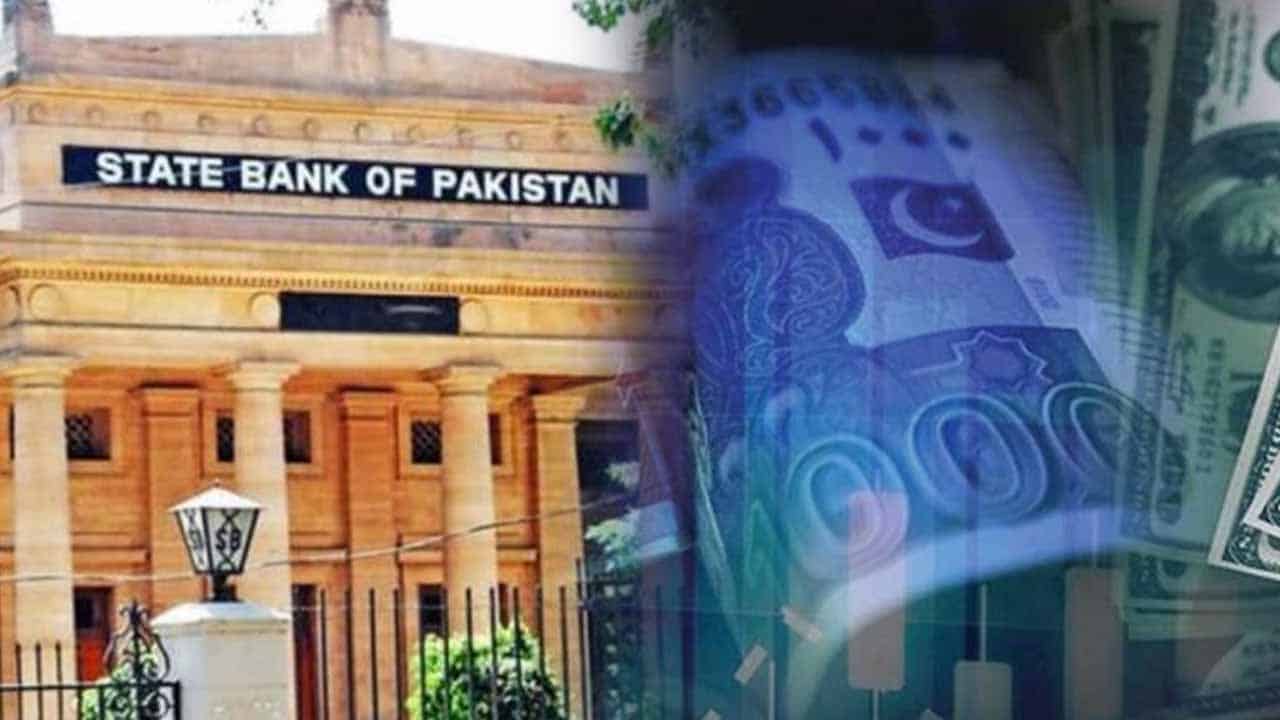Due to an uncertain situation brought on by the ongoing political and economic instability, the private sector is now forced to borrow expensive funds in order to operate their enterprises or plan expansion due to the rising interest rate.
According to data from the State Bank of Pakistan (SBP), as the fiscal year’s end draws nearer, bank advances to the private sector have been falling.
In the first nine months of the current fiscal year, private sector borrowings decreased by 74.3% to Rs266.4 billion from Rs1,036.6 billion during the same period last year.
Not only was the record interest rate to blame for the sharp decline in loan offtake to the private sector but also for continuing political and economic turmoil. The current environment is full of hazards, according to bankers, and money never goes for risks.
It was evident during the most recent Treasury Bill auction on April 4 that banks prefer to park their liquidity in government assets in order to generate risk-free, high returns. The aim was Rs900 billion, and the government chose Rs2.2 trillion, even though the maturity amount was significantly lower.
Banks have been heavily speculating on government-issued paper. Around Rs6 trillion in T-bills and more than Rs15 trillion have been invested so far in Pakistan Investment Bonds (PIBs). Banks are profitable every year because of these significant investments.
On the direction of the IMF, the State Bank raised the policy rate by a record-breaking 300 basis points in March and 100 basis points in April. The issue has gotten worse as a result of March’s unprecedented 35.5 percent CPI-based inflation rate, which raised investment risk significantly.
Despite the tight IMF-required restrictions, the government is borrowing significantly more than the auction objective to cover its mounting expenses amid income shortfalls.
For bankers, it appears impossible to invest expensive funds in profitable ventures, especially in the wake of inflation that is still on the rise.
The SBP’s rapid increases in interest rates have merely made money more expensive than ever while completely failing to accomplish the strategy’s primary goal of containing inflation.






